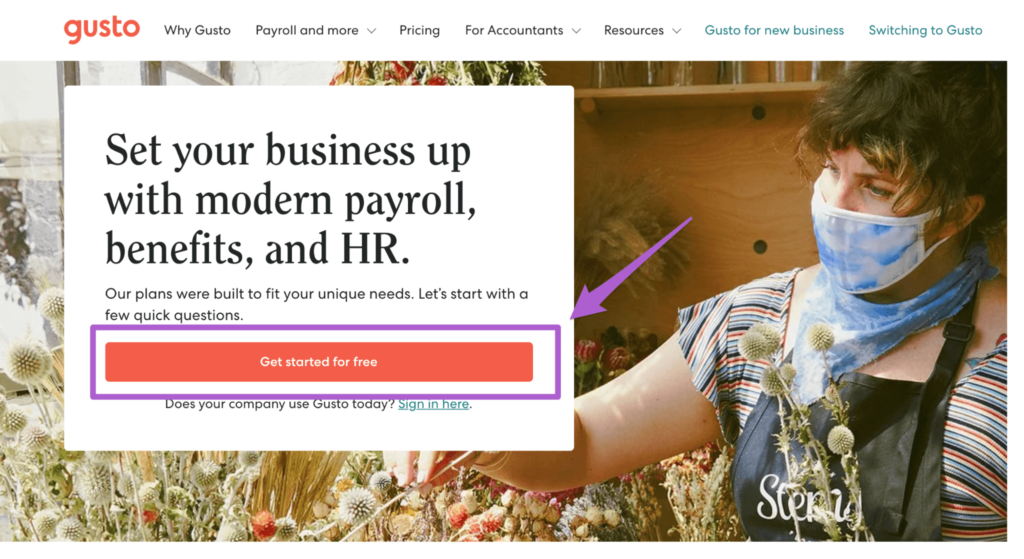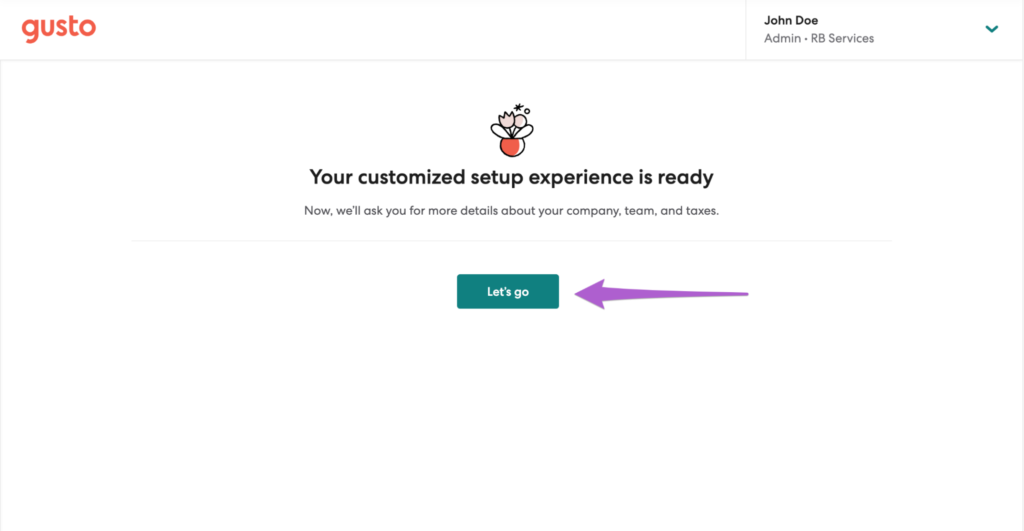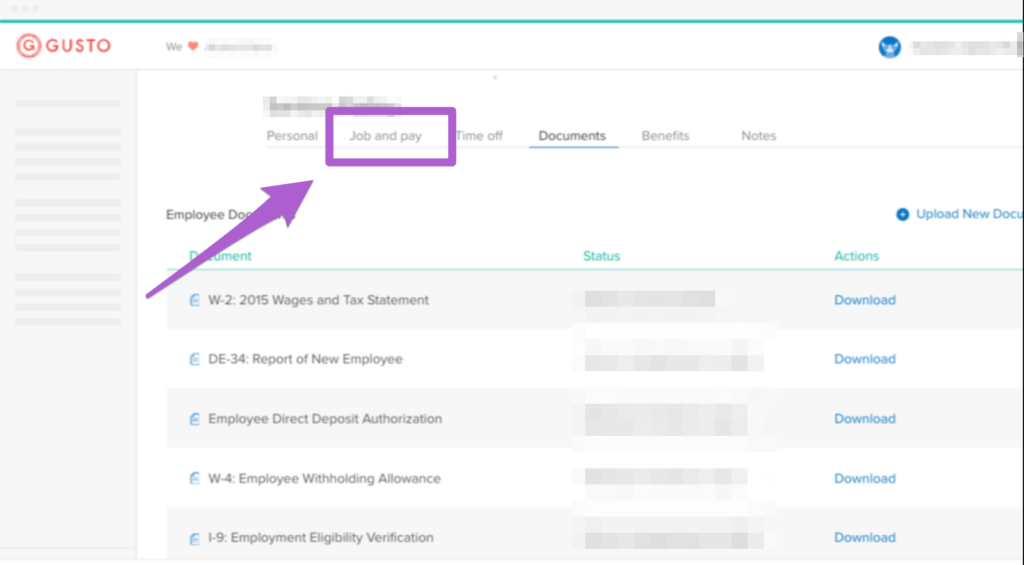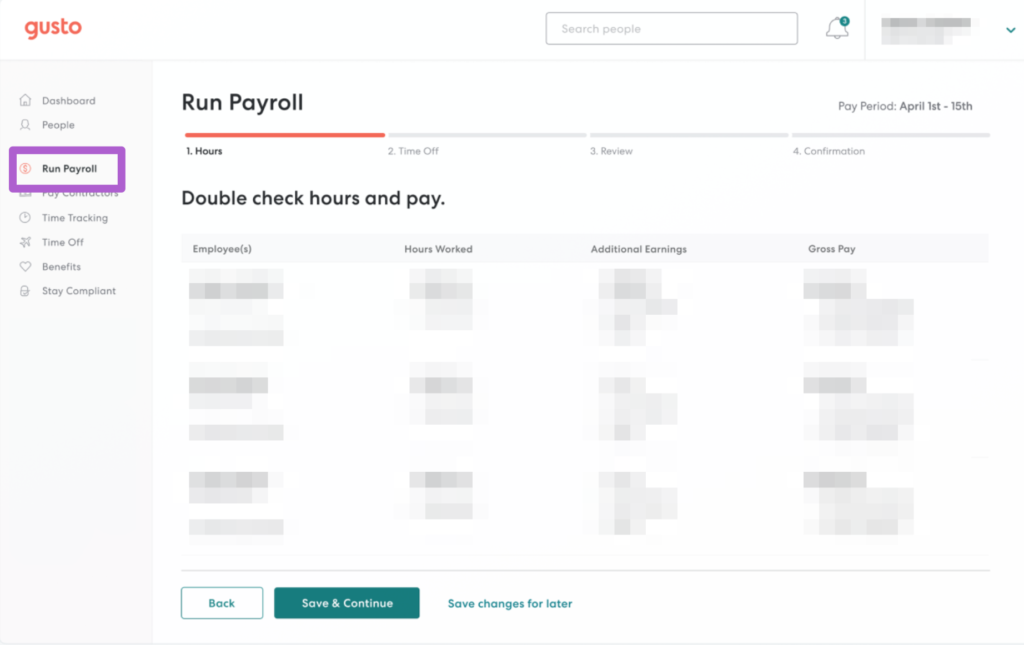How to Easy Direct Deposit a Contractor
Disclosure: This content is reader-supported, which means if you click on some of our links that we may earn a commission.
Gone are the days when direct deposit was just a perk. Today, it's the default payment method for most workers—and not without reason.
Direct deposit makes your payroll process more fluid, allowing you to pay your employees and contractors accurately and on time. But before you pay the salaries, you need to learn how to set up direct deposits for employees at your business.
In this Crazy Egg guide, we'll outline the steps involved in setting up direct deposits for your employees to ensure timely payments.
Let's take a look.
Why Setting Up Direct Deposit for Your Employees Is Worth It
Direct deposit is the modern replacement of older payment methods, where one had to issue paper checks or envelopes of cash.
It lets you electronically transfer funds from your company's bank account to your employees' accounts—while minimizing risks and setting your payroll team up for success.
It's convenient, time-saving, reliable, error-free, AND cost-effective.
With direct deposit, you don't have to worry about distributing checks or buying supplies, and neither do you need to stress over complicated payment processes. On the contrary, you can pay your employees anytime from any location.
And that's not it…
Even employees favor direct deposits. They don't have to worry about misplacing checks or having to visit the bank to deposit them. They have instant access to their paychecks on payday and can divide their salary into several accounts however they like.
Moreover, setting up direct deposits for employees is incredibly easy—all you need is their bank account information and a reliable payroll service to transact on your behalf.
What's not to love?
The Investment Needed to Set Up Direct Deposit for Employees
Although cost-effective, direct deposit does involve several costs you must consider.
Starting with the banks. Financial institutions typically charge an initial setup fee of $50 to $149, plus transaction fees for every individual deposit, which averages between $1.50 to $1.90. Banks are also likely to charge monthly fees for your accounts.
However, the costs are subjective.
Your total investment for setting up direct deposit depends on your business's size, your bank, and whether you plan to process payments yourself or use payroll software.
You'll find several online payroll services that offer fast direct deposits, along with tons of other functionalities, to streamline employee and contractor payments, to sort out payroll for you. In fact, many business owners prefer them over the traditional options because of their greater convenience and accuracy.
Outsourcing payroll will cost you anywhere between $100 to $250 per employee per year. This is surprisingly cheap, especially when considering the number of features payroll services offer.
Keeping this in mind, we highly recommend you compare prices among different financial institutions and payroll service providers to get the best bang for your buck.
For this guide, I will be using our top pick for online payroll services, Gusto. Gusto is a top-rated online payroll solution for companies of any size. You can use it to automate payroll, onboard new employees, manage your taxes, and, of course, manage your employee's direct deposits.

Learn more on Gusto's website.
6 Steps to Set Up Direct Deposit for Employees
As mentioned, setting up a direct deposit is pretty straightforward. Keep reading as we detail a step-by-step breakdown of the whole process.
#1 — Select a Direct Deposit Payroll Provider
The direct deposit payroll provider is the entity responsible for handling and storing all payroll-related information—for both the business and the employees. The service will transfer the funds through the direct deposit process for you.
The good news is there are tons of payroll service providers, so you won't have to settle for subpar services.
The bad news is there are tons of payroll service providers, which can make choosing a service provider overwhelming.
At the moment, you have three options for direct deposit providers:
- You can work with the same bank where you've opened your business bank account.
- You can work with payroll software that supports direct deposit.
- You can use other business, accounting, or HR software that has payroll and direct deposit capabilities.
That said, you don't need to overthink your choice. You can send payments electronically through direct deposit, regardless of the method you select.
Assuming you choose to use a payroll software tool like Gusto, your first step would be to sign up with the platform. Visit Gusto.com and click on the Get Started for Free button.

Gusto will ask you several questions related to your business. Answer as many as you can for customized recommendations.
On verifying your account, you'll be redirected to Gusto's pre-onboarding service page.
Again, Gusto will ask you various questions related to your pay cycle and employee makeup, plus other things to customize your setup experience. Click on Submit after answering all the questions. Once everything is ready, select Let's go.

Enter the necessary information about your company, employees/contractors, and payroll. You'll also have to enter your bank information for verification purposes. Once that's done, select Submit for Approval.
You'll be ready to run payroll once Gusto approves your account.
#2 — Initiate the Direct Deposit Setup Process
Suppose you decide to set up direct deposit through your bank. You'll have to talk to them about pricing information, payment options, and how to get started.
Banks also offer an online banking portal that you can use to set up a direct deposit. If you do, the bank will have you sign their ACH terms and conditions form, where you agree to only send payments to people who have given you explicit permission to do so.
Banks will also ask you to provide your recent financial statements. They do this to verify that you have the necessary finances in place before setting up a direct deposit.
On the other hand, if you decide to use payroll software, the process will be entirely different.
Assuming your Gusto account has been approved and you've finished setting up all your employees' profiles, click on the Job & Pay tab on the main dashboard.

Then under the Payment Methods field, check the checkbox and click Add Method.
Note: Most of the information needed to initiate the direct deposit setup process will be integrated into the platform, thanks to the information you already provided when signing up with the service and making your account.
But if you're setting up a direct deposit in your payroll software for the first time, you'll have to enter your business bank account information before initiating a direct deposit. This will be followed by a verification process, which can be anything depending on your chosen software.
At the end of this step, your payroll service provider will do a direct deposit trial and withdraw money from your account. The process will only be confirmed once you verify this transaction, after which you can move on to collect employee information.
#3 — Collect All Necessary Information From Employees
Next, you need accurate information from the employees to process the payment.
While every provider will have their own direct deposit form, some universal pointers factors will remain the same. Your job is to ensure each one of your employees can safely and reliably provide the following:
Key Numbers
Key numbers refer to the three numbers without which you cannot set up direct deposit: the employee's bank account number, the bank account routing number, and the employee's Social Security number.
The account number informs the provider where to deposit funds while the routing number and social security number are necessary for digital transfer and provide an additional layer of identity check to ensure the money goes to the right person, respectively.
Personal Information
The kind of personal information required will vary from one provider to another, but generally, this includes an employee's name and address.
Submitting personal information helps prevent account mix up and minimize any problem concerning deposit delivery.
Content and Authorization
The provider is responsible for covering the legal basis and ensuring employees understand the agreement. Checking whether everyone is willingly opting for direct deposit is also a part of their job description.
If you're using HR software that supports employee logins, you can have your employees fill in all the relevant information and authorize direct deposit directly in the software. All the information entered by the employee will then be automatically connected to your payroll.
As mentioned before, we're going to assume you've already entered this information into your system when setting up employee accounts.
#4 — Enter Employee Information Into Your Payroll System
At this stage, you've collected all the necessary information you need from your employees. The next step is to add it to your payroll.
Note: If you've set up a system that lets your employees enter the information themselves, you can skip this step and proceed to #5.
Enter all the information correctly into your business accounting or other payroll software you use. Make sure you only use documentation specific to the individual software and the process. But, generally, you'll be adding everything from the direct deposit authorization form.
If you're working through your bank, you'll have to enter the data into your bank's online system. This can be done in the following two ways:
- Upload a NACHA file through your bank's online system. This contains all the relevant information and can be exported from your accounting software. Your bank system can read the file to get the data it needs before commencing direct deposit.
- Enter your employees' information given on the direct deposit authorization form manually and save it in the system. You can set up payroll batches in your bank's online system if you have a limited number of employees or don't have accounting software or software that supports NACHA export. Once this batch is created, you can send your payroll to them through direct deposit.
Continuing with our Gusto example, you can have employees enter their routing numbers, account numbers, account type, and display names. You must ensure all these details are accurate, so ask the employee to double-check to avoid errors.
Gusto will then send a test deposit to the account number entered. Employees may need to update and verify information if the system receives an error. The whole process will take a few days.
#5 — Make Your Direct Deposit and Payroll Schedule
After submitting employee information with your deposit provider and completing the authorization process, you can get started with direct deposit.
Your direct deposit provider will handle the actual process of depositing the checks, but before they do this, you'll have to pick a deposit schedule.
There are a few things to consider when selecting your deposit schedule:
- Consider your own financial schedule. You need liquid funds that are readily available for transfer in your business account before paychecks are distributed. Try to choose a payment schedule that works with your expected cash flow.
- Consider the payment time. Employees depend on their paychecks, which is why it's important they receive them on time. Direct deposit takes about 7-10 days to get set up officially with your provider, and it takes two business days for the money to get transferred from your business account to your employees.
You should make note of both your personal financial schedule and the payment time frame before deciding when to start direct deposit.
Always keep your employees and payroll admins in the loop with regard to payroll. They should know the schedule and the date to make and receive payments.
You can set a cut-off date for your employees to submit their hours or time cards to have enough time to review and payroll. Even your payroll provider might have a cut-off date for when you must submit all information to run direct deposit.
Be sure to follow all deadlines to ensure minimal to no bottlenecks and timely payments.
Unless you specify otherwise, Gusto will continue running payroll as per your previous settings.
#6 — Run Your Payroll
Once everything is set up and you've verified the direct deposit activation, Gusto will automatically pay your employees via direct deposit every time you run the payroll on your pre-determined schedule.
Double-check all your employees' hours and pay once you've made the changes. Click on Submit Payroll when done.

If you face any issues when running your payroll, you can always use Gusto's knowledge base or contact customer support for help.
Next Steps
After you finish paying your employees, you'll have to prepare a report and remit payment for a variety of taxes withheld from employee paychecks, as well as from your salary.
You have to pay payroll taxes to the Internal Revenue Service (IRS), the Federal Unemployment Tax Act (FUTA) tax to the federal government, and the State Unemployment Tax Act (SUTA) tax to the state. There may also be a few city, county, and local taxes to account for, depending on the location of your business.
So for your next steps, check in with the respective authorities about the tax forms you'll need to comply with payroll laws.
We've compiled three Crazy Egg guides below to help you streamline payroll further process:
- The Best Payroll Software and Services
- Best Onboarding Software
- Best Time Tracking Software
Source: https://www.crazyegg.com/blog/how-to-set-up-direct-deposit-for-employees/
Posting Komentar untuk "How to Easy Direct Deposit a Contractor"